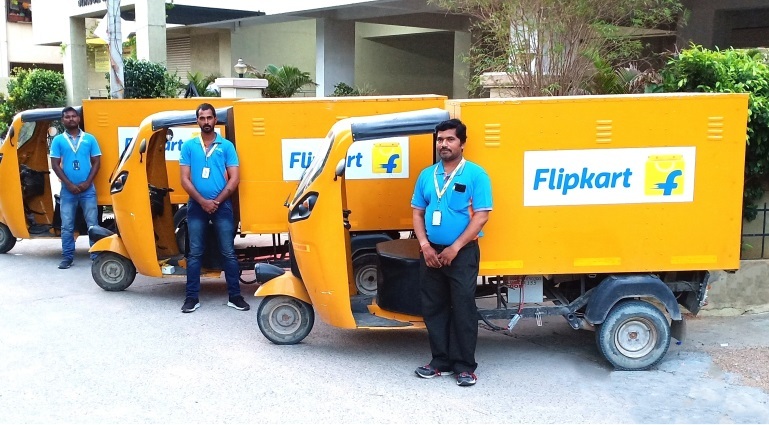Realising the environmental damage caused by vehicular emissions is critically important today. While the world is battling the COVID-19 on an unprecedented scale, it is also equally important to battle environmental degradation. The Indian Council on Clean Transportation in a report titled ‘OVERVIEW OF INDIA’S VEHICLE EMISSIONS CONTROL PROGRAM’ revealed that the Auto Fuel Policy of 2003 laid down a road map for vehicular emissions and fuel quality.
The report elucidated: ‘Moving toward cleaner vehicles and fuels will certainly involve major investments. On the vehicle side, stringent emission standards will likely increase two- and three-wheeler vehicle prices by Rs. 1500–2000 ($30–40), whereas gasoline-powered cars may have to incur additional costs of up to Rs. 3600 ($76). Diesel cars and trucks, on
the other hand, will require after-treatment devices to be installed and thus will incur
a cost of up to Rs. 40,000 ($800) for diesel passenger cars and light commercial vehicles and up to Rs. 1–1.5 lakh3 ($2,000–3,000) per heavy commercial vehicle. On the fuel side, supplying ultra-low-sulfur fuels (10 ppm sulfur) across the country will likely raise the price of gasoline and diesel fuels by about Rs. 0.30–0.44 (0.64 to 0.88 cents) per litre.
The Flipkart announcement
The Walmart-owned E-commerce giant, Flipkart announced that ten years from now, it will have shifted to delivery by electric vehicles only. Flipkart said it would transition its entire fleet to electric vehicles (EVs) by 2030.
Flipkart said it was committing to the global electric mobility initiative of non-profit Climate Group — EV100 — and will transition both its owned and leased fleets in a phased manner by the end of the decade.
“Our commitment to the Climate Group’s EV100 initiative ties in with this larger vision of environmental sustainability and allows us to learn from the most forward-thinking global perspectives as part of the EV100 ecosystem,” said Kalyan Krishnamurthy, CEO of Flipkart Group.
“With our scale and scope and intense focus on sustainability agenda, we believe we can play a significant role in not just fast-tracking the adoption of electric vehicles but also making clean mobility mainstream,” he added.
Flipkart’s previous measures
In 2019, Flipkart planned to replace 40 per cent of its fleet of delivery vehicles with electric vehicles. The initiative was aimed at introducing 160 electric vans by the end of 2019. Last year, the company deployed a total of 30 e-bikes in Bengaluru, eight e-Vans in Hyderabad, and 10 e-Vans in New Delhi. Flipkart added that such efforts will enable it to cut down its carbon emissions by more than 50 per cent.
Kalyan Krishnamurthy, Group CEO, Flipkart, said, “As a committed corporate citizen, we at Flipkart understand our responsibility regarding environment and running our business in a more sustainable way. Our vision is to replace a significant portion of our last-mile delivery with EVs in the coming years and also contribute towards clean and sustainable mobility. Our team is working with local ecosystem partners to help them co-design concepts for electric vehicles best suited for the growing e-commerce industry. We believe these small but meaningful steps in this direction will go a long way in paving the way for larger adoption of EVs in the country.”
International experience with electric vehicles
California was the first in the United States to promote electric vehicles in the
the 1990s. This was done as part of the zero-emission vehicle (ZEV) mandate in accordance with low-emission vehicle regulations to improve air quality. Over the last decade, California has broadened its rationale to include energy diversity and GHG concerns. The state had set a target of 14.4 percent of auto sales being ZEVs by 2025 and 80 percent by 2050.
The Indian experience
In 2010, the Indian government announced a subsidy scheme for vehicle manufacturers for the production of BEVs, PHEVs, and HEVs through the remainder of the 11th five-year plan,
which ran through 2012. The Rs. 950 million ($19 million) scheme went into effect in
November 2010. Through March 2012, the scheme subsidized up to Rs. 4,000 ($80) for
low-speed two-wheelers, Rs. 5,000 for high-speed two-wheelers, Rs. 60,000 for three-wheelers, Rs. 100,000 for four-wheeled vehicles, and Rs. 400,000 for buses. Manufacturers were eligible for the subsidy for the first 20,000 low-speed two-wheelers, 10,000 high-speed two-wheelers, 100 three-wheelers, and 140 electric cars they produced.
There was no upper limit for the production of buses.
In April 2011, the production limits were increased to 80,000 low-speed two-wheelers, 20,000 high-speed two-wheelers, 166 three-wheelers, and 700 cars. There is still no cap for bus production. To be eligible for the subsidies, manufacturers must provide at minimum a one-year warranty on batteries, have at least 15 customer service centres in the country, and manufacture vehicles that contain at least 30 percent indigenous content.

